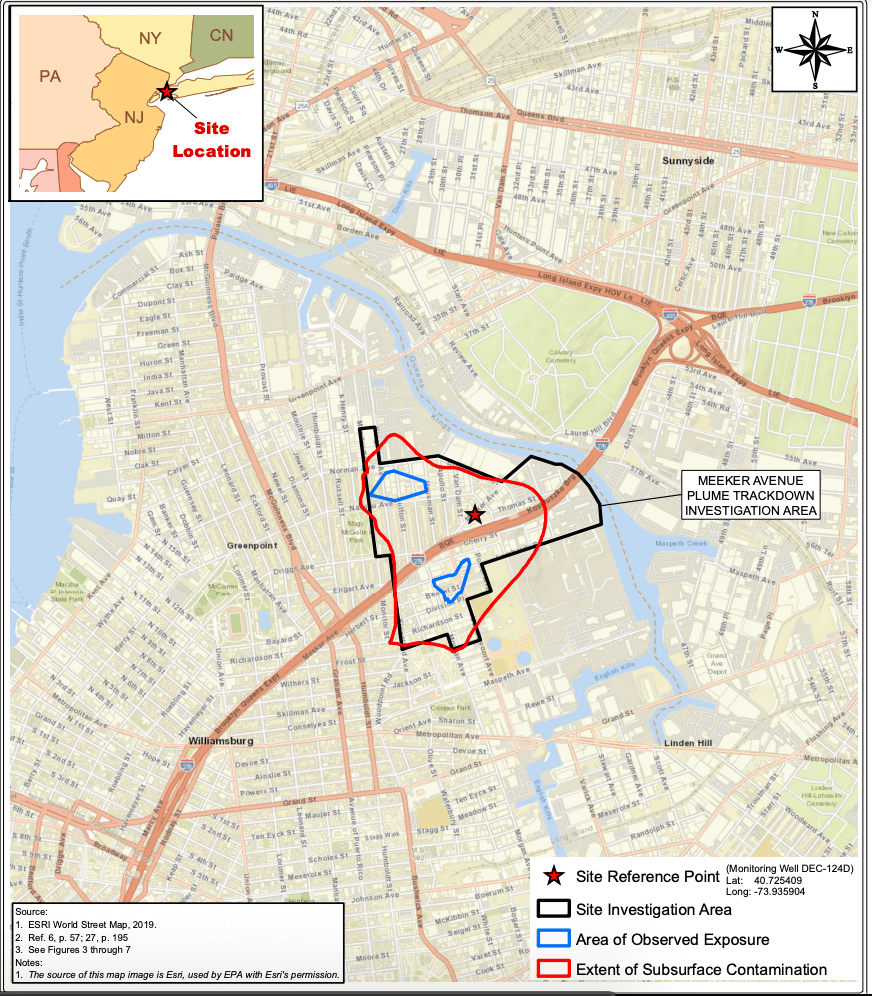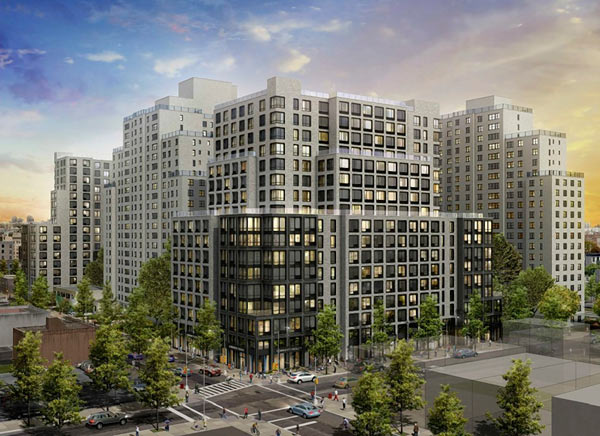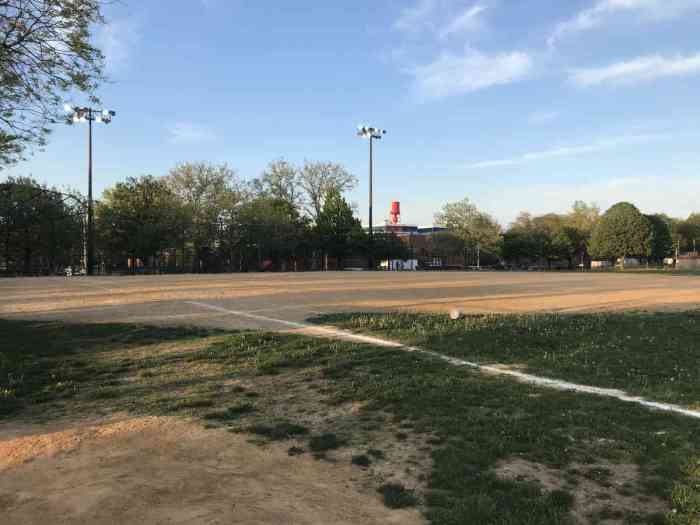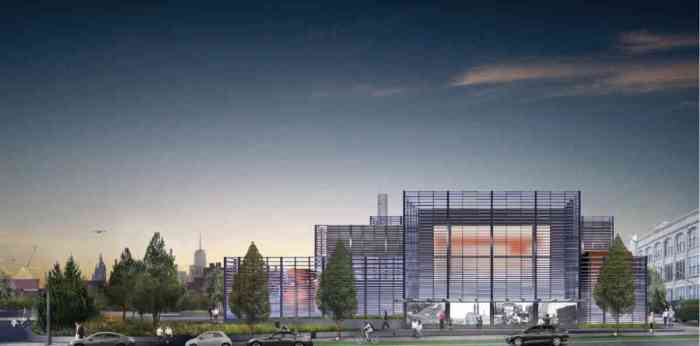Greenpointers have a little more time to let the Environmental Protection Agency know what they think about making the Meeker Avenue Plumes a Superfund site after the federal agency agreed to extend the public comment period.
The decision came days before the end of the initial public comment period, which started on Sept. 9 when the agency announced it had nominated the Plume to the National Priorities list, which would make it eligible for federal funding and a Superfund cleanup.
“EPA is committed to providing ample time so that the community can participate and provide their comments on the proposal,” said acting regional director Walter Mugdan in a release. “EPA will translate the documents supporting the proposal listing to allow the Polish and Spanish-speaking communities access to the information they need to provide their full input.”
Neighbors now have until Dec. 8 to submit their concerns online, after which point the EPA will assess whether it is still eligible for a Superfund cleanup, an EPA representative told Brooklyn Paper. Once the site is added to the NPL, the EPA will formally respond to comments received.
Discovered by the state’s Department of Environmental Conservation in 2007 while they were remediating part of the site of the infamous Greenpoint oil spill, the “plume” is a cluster of sites with high levels of groundwater and soil contamination from the neighborhood’s industrial — and not so industrial — past, including the former ACME Steel and Brass Foundry on Anthony Street and Spic & Span Cleaners and Dyers on Kingsland Avenue.
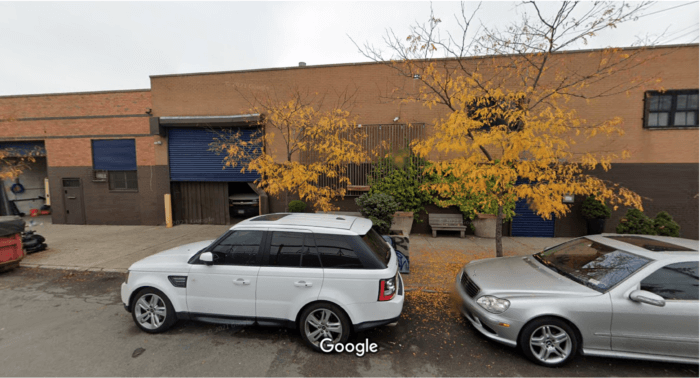
Those dangerous chemicals are called chlorinated volatile organic compounds, including tetrachloroethylene and trichloroethylene, both known by the EPA to cause health issues from short-term dizziness and headaches from acute exposure to long-term nervous system issues and several types of cancer from long-term exposure.
The danger from these chemicals isn’t just in the ground — they seep up into homes and businesses, in a process known as “soil vapor intrusion.” Basements are particularly vulnerable to soil vapor intrusion, and the dense, heavy gases can pool in a building’s lowest floor.
Since the plumes were discovered, DEC has offered free testing for homes located on the plumes, and, when gas was discovered, have installed “sub-slab depressurization systems,” which direct the hazardous vapors out of the building and into the outside air, also for free.
In a release, the federal agency said the list “includes the nation’s most serious uncontrolled or abandoned releases of contamination,” and that they nominate sites based on the dangers they pose to residents and the environment, and that they had nominated the site after consulting with DEC.
“The mitigation techniques for keeping soil vapor techniques out of your home is pretty robust, it’s not new technology, there are a lot of buildings that have vapor intrusion barriers,” said Lisa Bloodgood, director of advocacy and engagement at the Newtown Creek Alliance, at an October meeting. “To have one in your home, you would be joining many others that have such things associated with their buildings.”
Even so, those barriers are about the most DEC can offer to people who live over the plumes, Bloodgood told Brooklyn Paper. While it’s not quite clear what form remediation would take, given the number of homes and businesses on the site, a Superfund cleanup is intended to permanently remove hazardous chemicals.
If they’re placed on the list, the Meeker Avenue Plume would be the third active Superfund site in Brooklyn — joining Newtown Creek, directly abutting Greenpoint, and the Gowanus Canal a few miles south. Greenpoint is also the home to a state Superfund site — the former home of NuHart Plastic Manufacturing.
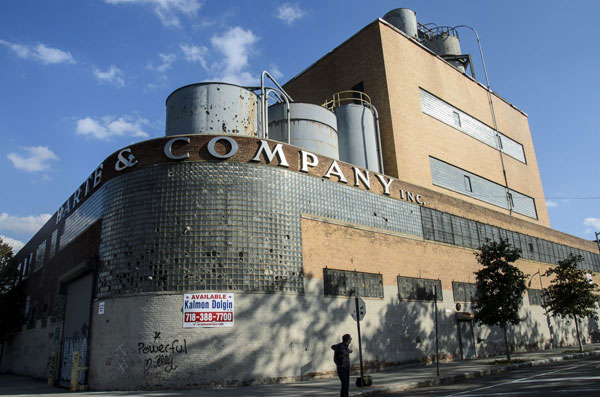
“I think we all kind of assumed that DEC was on the job, and would ultimately be the one working with, whether it was a developer or the city, the remediation,” Bloodgood said. “DEC is really fantastic.”
According to the EPA, the state referred the cleanup to the agency because contaminated groundwater and indoor air “require cleanup to protect human health and the environment,” and that other state and federal cleanup options are not viable for the site.
“Knowing, now, that they cannot handle it on their own, and knowing that they’re asking the federal government, ‘Help us help this community, otherwise it’s too big, it’s too complicated, we can’t do this on our own’…if it were to be decided that we were not on the National Priorities list, knowing that the state can’t clean it up, I would be really concerned,” Bloodgood said.
If the site is placed on the NPL after Dec. 8, it will likely still be some time before a cleanup is finalized and started. The EPA proposed adding the Gowanus Canal to the list in 2009, and it was officially added to the list after about a year — and dredging began more than a decade later.
While the future of the plume is unclear, Bloodgood is relieved the neighborhood is finally in line to get more help. Many people in Greenpoint aren’t aware of the danger lurking beneath their homes, she said, and even when they learn, it can be overwhelming. Reaching out to the state for testing and remediation is a challenge for most people — even more difficult is the question of whether to leave the neighborhood entirely.
“People don’t know what to do with this information, it’s like climate change,” she said. “It’s like, this is posing an existential threat to you. What will you do? And most people are not equipped to do anything.”


